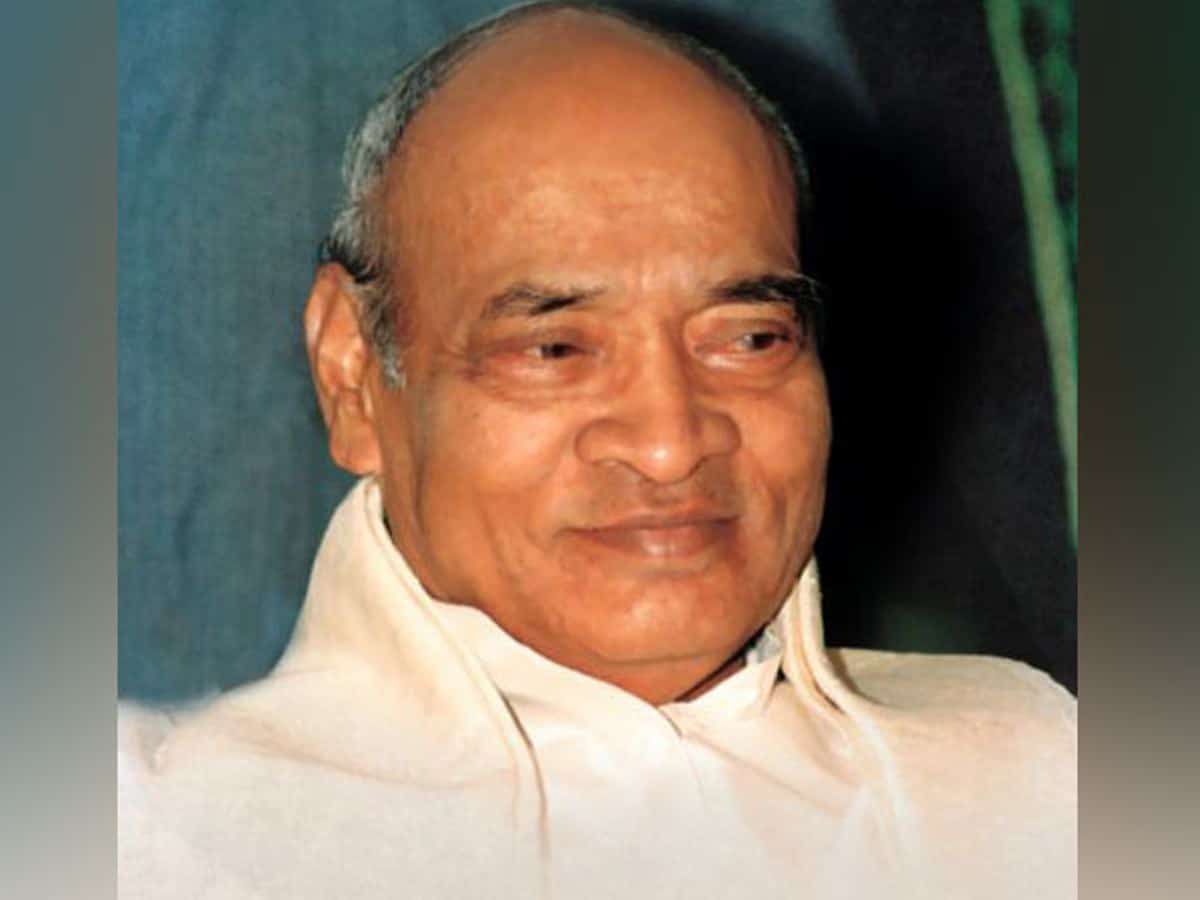
New Delhi: As former prime minister P V Narasimha Rao left office in 1996, he handed over a slip to his successor Atal Bihari Vajpayee which read, “Kalam se miliye (meet Kalam)”.
The new prime minister did not know who Kalam was. After he found out, the then chief scientific advisor and secretary, Defence Research and Development Organisation (DRDO) APJ Abdul Kalam was called for a meeting, which would pave the way for Pokhran II nuclear tests in 1998, according to author Arun Shourie, a former minister in the Vajpayee-led government.
Shourie shared this interesting anecdote on the concluding day of the Times LitFest here on Sunday.
“When the Narasimha Rao government fell and Atal ji came to office, Atal ji told us that Rao handed him a slip reading ‘Kalam se miliye’. Vajpayee wondered who Kalam was. Then he found out and Kalam was called,” Shourie said.
When Vajpayee told Kalam about the slip, he told the prime minister that the message had to do with nuclear testing, which Rao had approved during his tenure but had to stop due to “American pressure”, according to Shourie.
“Kalam told Atal ji, ‘sir, we were ready to do a test of the atomic weapon, but we were stopped because of American pressure and various other things that had happened. He (Rao) wants you to resume this… it would take us a month to conduct the test’,” the former Union minister said.
Vajpayee asked Kalam, who would go on to become the 11th President of India, to start work immediately.
However, before the plan could take shape, Vajpayee’s government fell in just 13 days.
“I remember Atal ji walking back from Lok Sabha into his chamber and he said ‘we lost by one vote’ … Kalam walked in and said, ‘sir, you will come back and we will do it,'” recalled Shourie.
And that’s exactly what happened. The BJP came back to power in March 1998 and Vajpayee once again became the prime minister of India.
At around 3:45 PM on May 11, 1998, India tested three devices — a thermonuclear device (Shakti I), a fission device (Shakti II), and a sub-kiloton device (Shakti III).
Two days later, the country detonated two more sub-kiloton devices — Shakti IV and V.
India had successfully tested its first nuclear bomb in Rajasthan’s Pokhran on May 18, 1974 under the then prime minister Indira Gandhi. Code-named ‘Smiling Buddha’, the Ministry of External Affairs had characterised the test as a “peaceful nuclear explosion”.

